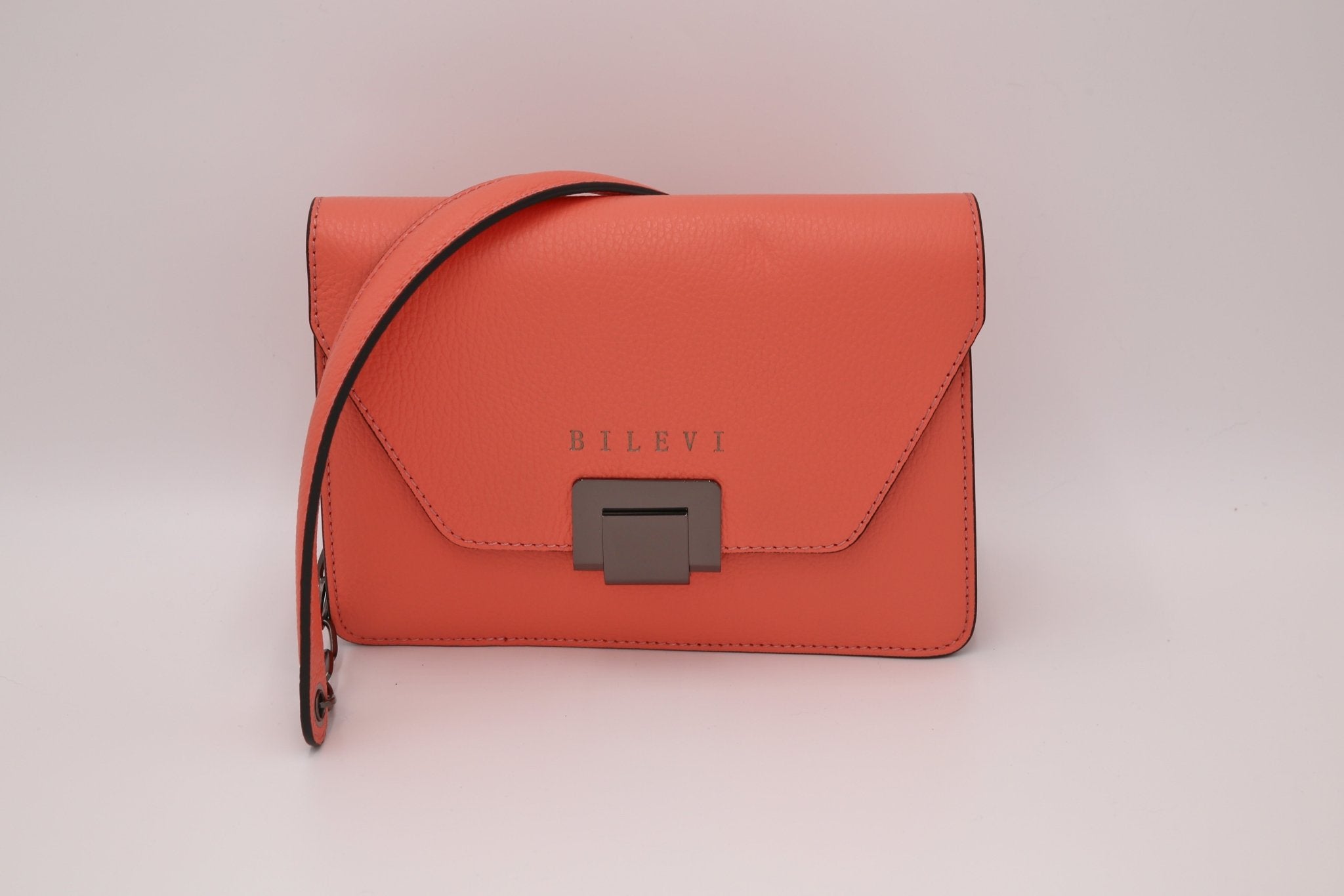Article: High Fashion: Exploring the Art of Bespoke Clothing

High Fashion: Exploring the Art of Bespoke Clothing
High fashion is more than just clothing - it's an art form that has the power to transform not just the way we look, but the way we feel. It's a world where creativity and craftsmanship meet to create garments that are truly one-of-a-kind, and it's a world that has captured the imagination of people all around the globe for generations. From the iconic little black dress to the stunningly intricate embroidery of a Valentino gown, high fashion is a celebration of all that is beautiful and refined in the world of design. In this article, we'll take a closer look at the history of high fashion, the creative process that goes into making these remarkable garments, the materials and techniques that are used, and some of the most iconic pieces that have emerged from this world of art and style. Whether you're a lifelong fan of haute couture or just discovering the beauty of this art form for the first time, there's something here for everyone to enjoy and appreciate.
The History of High Fashion
High fashion, also known as couture fashion, has a rich and fascinating history that dates back to 19th century France. During this time, fashion was considered a craft that was passed down from one generation to the next. However, this all changed with the rise of the haute couture houses.
The term haute couture was coined by the Chambre Syndicale de la Haute Couture in Paris in 1868 to distinguish French fashion that was made to measure and tailored specifically to the client's body. The couture houses were founded by visionary designers who were passionate about their craft, including Charles Frederick Worth, Paul Poiret, and Jeanne Lanvin.
Charles Frederick Worth, an Englishman who moved to Paris in 1845, is widely regarded as the founder of haute couture. He created bespoke clothing for the French aristocracy, which was considered the ultimate symbol of status and wealth. Worth's designs were known for their opulence, extravagance, and intricate details.
In the early 20th century, other designers such as Paul Poiret and Jeanne Lanvin began to gain recognition for their innovative designs. Poiret was known for his use of bold colors and exotic fabrics, while Lanvin was famous for her elegant and feminine designs.
However, it was in the 1950s that high fashion reached its apex, thanks to designers such as Christian Dior and Hubert de Givenchy. Dior introduced the famous New Look, which featured full skirts and nipped-in waists, and revolutionized women's fashion. Givenchy, on the other hand, created dresses worn by style icons such as Audrey Hepburn, including the iconic black dress she wore in "Breakfast at Tiffany's".
Today, high fashion remains an important part of the fashion industry. The haute couture houses in Paris continue to set the trends, and designers around the world look to them for inspiration. The fashion shows held in Paris are among the most highly anticipated events in the fashion calendar, and the garments that are showcased are admired and studied by fashion enthusiasts and industry professionals alike.

The Creative Process
The creative process of high fashion is not just a simple matter of sketching an idea and turning it into a garment. It's a complex process that involves numerous steps and requires the collaboration of a team of skilled artisans, including pattern makers, cutters, sewers, embroiderers, and more.
The process begins with the designer, who creates a sketch or a vision of what they want to create. This may be based on inspiration from a wide range of sources, such as nature, art, culture, history, or even their own imagination. The designer then works with pattern makers and drapers to create a muslin prototype, which is a preliminary version of the garment made from inexpensive fabric.
The prototype is then fitted on a live model or a mannequin, and the designer and the team of artisans examine it carefully, making adjustments and modifications until it reaches the desired fit and look. The garment may go through several rounds of fittings and modifications, with each iteration bringing it closer to perfection.
Once the prototype is finalized, the artisans begin working on the actual garment, selecting the finest materials and adding embellishments such as embroidery, lace, beads, and more. This is a highly skilled and time-consuming process that requires great attention to detail and precision. For example, it may take several weeks or even months to complete the hand-sewn embroidery on a single dress.
Throughout the process, quality control is a top priority to ensure that every detail is perfect. Every seam, every stitch, and every button is examined and reexamined to ensure the highest level of craftsmanship and quality. The final result is a unique and exquisite garment that reflects the vision and artistry of the designer and the skill and dedication of the artisans who brought it to life.
Fine Fabrics
The fabrics used in high fashion are carefully chosen to create garments that not only look beautiful, but also feel luxurious to the touch. Designers often use fabrics such as silk, cashmere, velvet, lace, and chiffon for their softness, suppleness, and draping qualities. The fabrics are often adorned with intricate and delicate details, such as gold and silver embroidery, beadwork, and appliqués, which further enhance their beauty.
Silk is one of the most popular fabrics used in high fashion, known for its lustrous sheen and lightweight feel. It is used to create flowing dresses, elegant gowns, and intricate blouses. Cashmere, a luxurious and expensive fabric, is known for its warmth and softness, and is used to create cozy sweaters and scarves. Velvet, a plush fabric with a soft, furry pile, is often used in elegant evening wear, while lace is used to add a delicate, feminine touch to garments.
Chiffon, a lightweight and sheer fabric, is popular in high fashion for its ethereal and romantic feel. It is often used to create flowing dresses and skirts that move gracefully with the wearer. These fine fabrics are carefully sourced from around the world, and are selected for their exceptional quality and beauty.
The use of fine fabrics is a hallmark of high fashion, and designers and artisans alike strive to create garments that are not only visually stunning, but also a pleasure to wear. The attention to detail that goes into selecting and working with these fabrics is what sets high fashion apart and makes it a true art form.
Iconic Pieces
High fashion has been responsible for creating some of the most iconic pieces in fashion history. These garments have not only become style statements but have also been hailed as revolutionary fashion moments. Among the most famous are the Chanel jacket, which was introduced in 1954 and has since become a timeless classic. The jacket's boxy silhouette and quilted design with gold chains are instantly recognizable, and it has been worn by countless style icons over the years.
Another iconic piece is Givenchy's little black dress, which was designed by Hubert de Givenchy for Audrey Hepburn's character in the movie "Breakfast at Tiffany's." The dress has a simple yet elegant design, with a sleeveless sheath silhouette, a boat neck, and a full skirt. It has become a symbol of timeless sophistication and has been replicated and reinterpreted countless times by other designers.
Dior's full skirt, which was part of the designer's New Look collection in 1947, was another iconic piece that helped shape the fashion landscape of the time. The skirt's fullness, achieved with the use of multiple layers of tulle, was a departure from the slim-fitting silhouette of the 1930s and early 1940s. The skirt's design represented a new, optimistic post-war era and became a staple of high fashion.
These pieces have become true symbols of fashion, representing the essence of elegance and glamour. They have influenced countless designers and fashion trends, and their legacy continues to live on in the world of high fashion.
Examples
The examples of high fashion are endless, but there are a few designers whose creations stand out as true masterpieces of the art form. Valentino Garavani, for instance, is renowned for his exquisite evening gowns, which feature delicate details and expert craftsmanship. His use of rich colors and sumptuous fabrics has made him a favorite among celebrities and fashion lovers alike.
Giorgio Armani, on the other hand, is known for his clean lines and elegant simplicity. His designs often feature muted colors and understated shapes, yet they still manage to convey a sense of sophistication and luxury. Armani's creations have become synonymous with modern, minimalist fashion.
Versace, on the other hand, is all about bold, eye-catching glamour. The brand's iconic use of baroque motifs, bright colors, and flashy materials has made it a favorite of pop stars and fashion risk-takers. Versace's designs are not for the faint of heart, but for those who want to make a statement, they are the ultimate choice.
Dolce & Gabbana is another brand that has become synonymous with high fashion. The duo behind the brand, Domenico Dolce and Stefano Gabbana, are known for their extravagant use of lace, embroidery, and embellishments. Their designs often draw on traditional Italian motifs, but they are executed in a way that is fresh, modern, and undeniably sexy.
Overall, the designs of Valentino, Armani, Versace, and Dolce & Gabbana represent the pinnacle of high fashion. They showcase the creativity and skill of designers, as well as the mastery of artisans who bring their visions to life.
Conclusion
In conclusion, high fashion is a world of endless possibilities and creativity that brings together designers and artisans to create pieces that transcend time and trends. The history of high fashion is a rich tapestry woven by the great names of fashion, who have made their mark with innovative and daring designs. The creative process of high fashion is a long and intricate one that demands the highest level of attention to detail and quality. Only the finest fabrics are used, which are chosen for their beauty, texture, and elegance. The result of this careful attention is a garment that is not just a piece of clothing, but a work of art. The iconic pieces that high fashion has created over the years have become symbols of beauty, luxury, and glamour. From the Chanel jacket to Dior's full skirt, high fashion has left an indelible mark on the world of fashion. It is a world that inspires and excites, and one that is constantly pushing the boundaries of creativity and design. High fashion is not just about clothing, but about the art of fashion, where every detail is carefully considered and crafted to perfection. It is a world that is reserved for those who seek the very best in fashion and are willing to pay the price for it. High fashion is not just about fashion, it is about a way of life, a statement of elegance, and a celebration of beauty.




